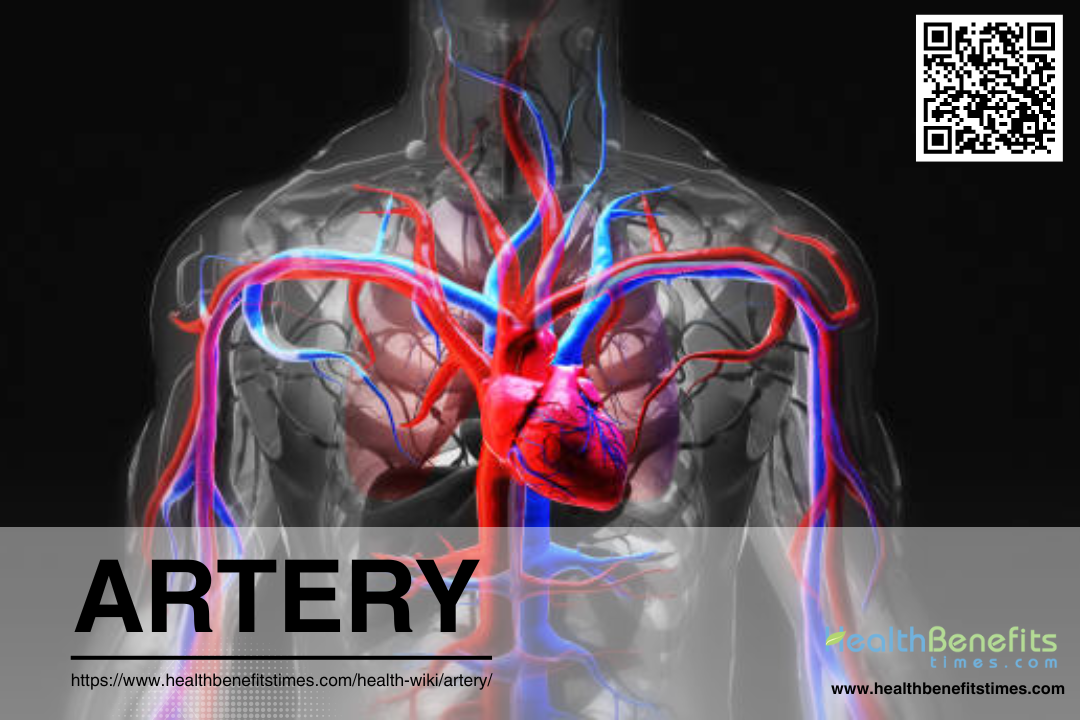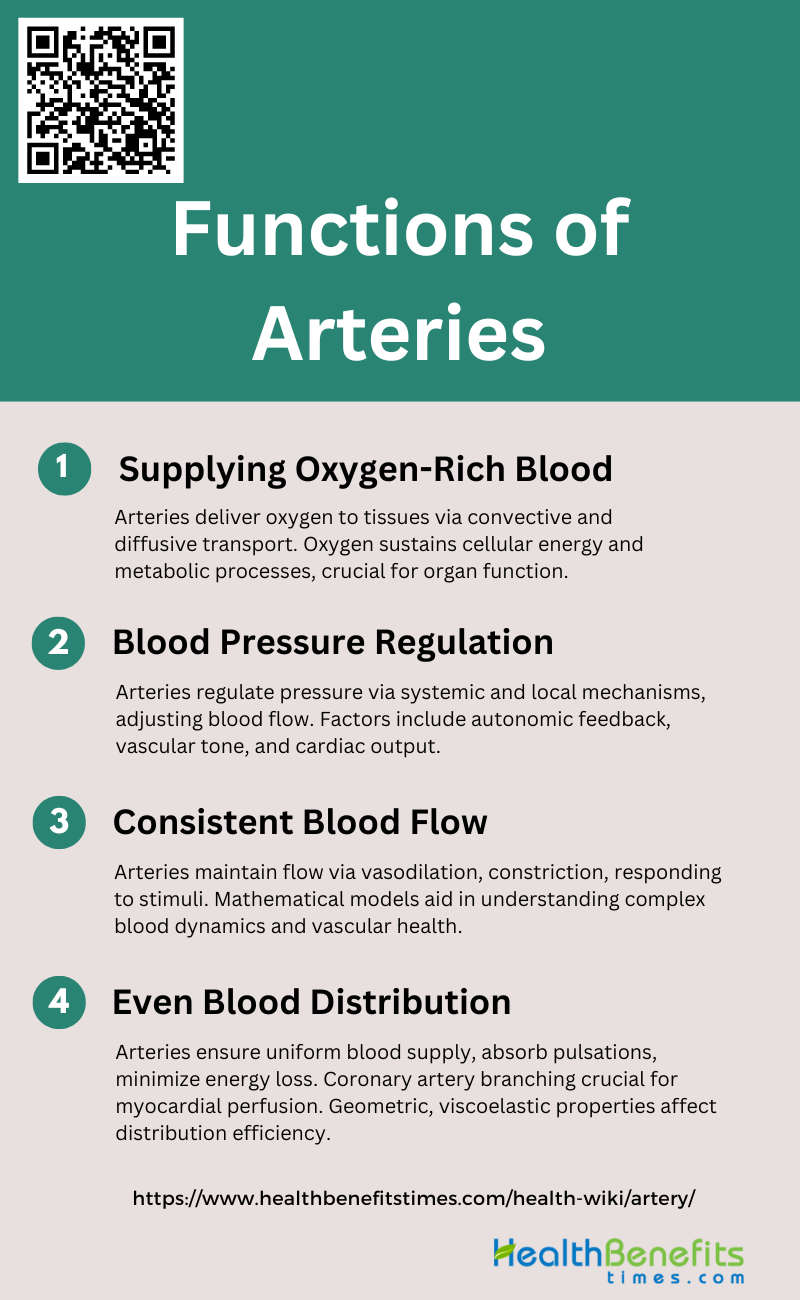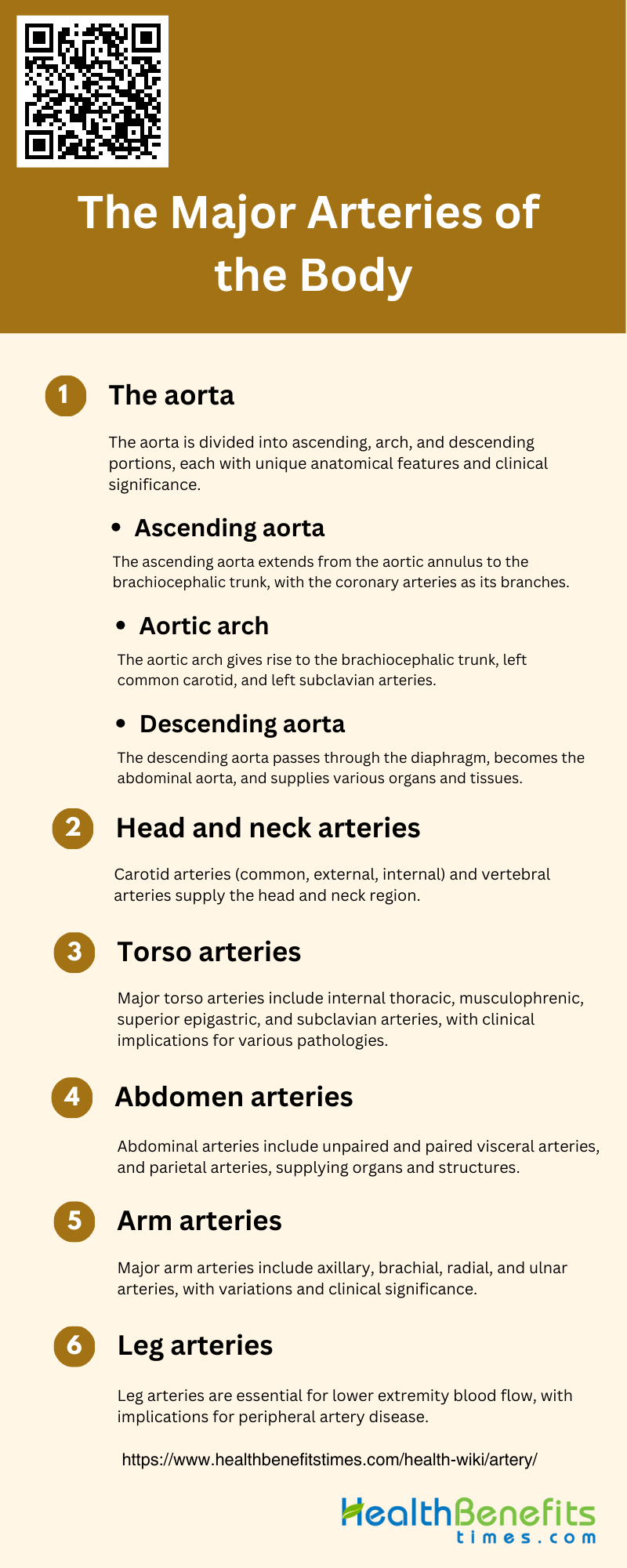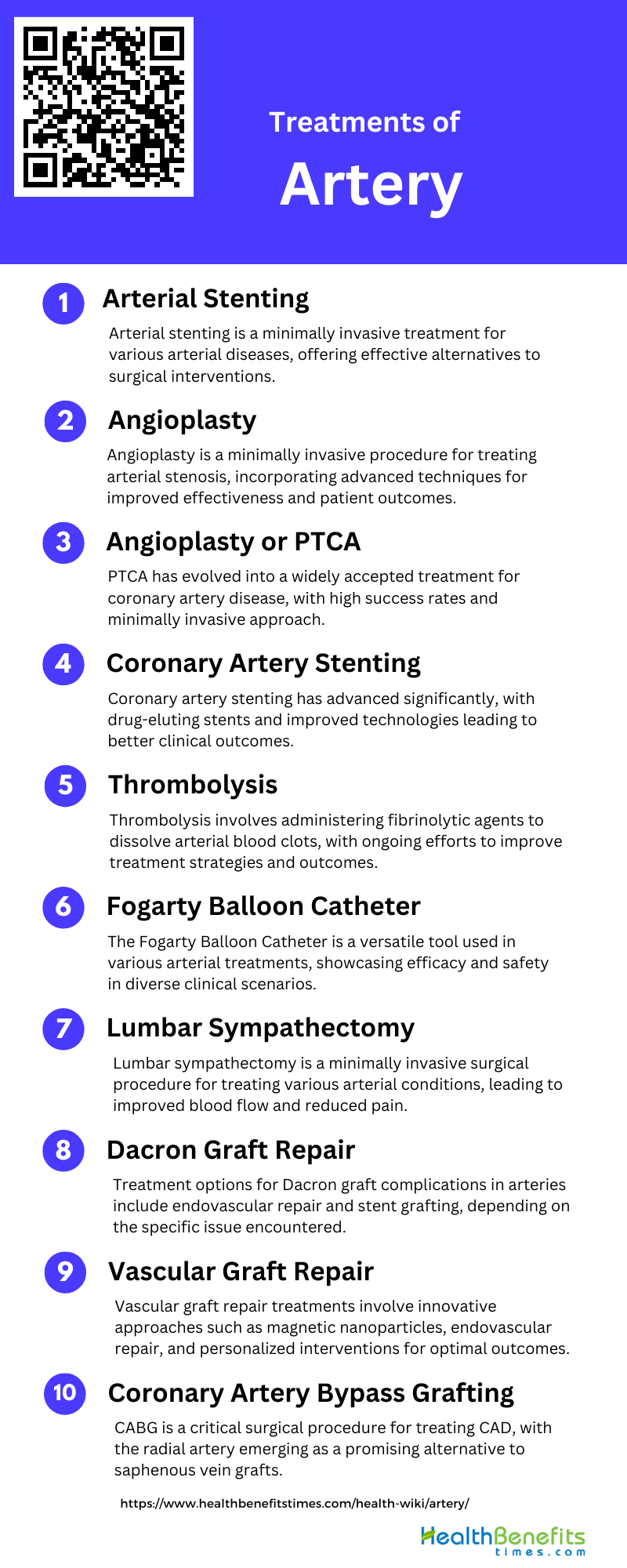 The concept of “Artery,” as discussed in the provided literature, encompasses a wide range of topics. These include innovative architectures for efficient data dissemination in sensor networks, simulations of Vehicular Ad Hoc Networks (VANETs) and Vehicle-to-Everything (V2X) communications, as well as the physiological dynamics of arterial flow regulation through physiological, biological, and mechanical experiments. Additionally, a magnetic suspension technology-based artery simulator has been developed for educational and medical purposes, demonstrating advancements in teaching equipment for medical treatment and public health. Furthermore, the mechanical properties of artery walls, specifically their non-linear elasticity, have been extensively researched across different species, emphasizing the importance of distensibility and stability in arterial function.
The concept of “Artery,” as discussed in the provided literature, encompasses a wide range of topics. These include innovative architectures for efficient data dissemination in sensor networks, simulations of Vehicular Ad Hoc Networks (VANETs) and Vehicle-to-Everything (V2X) communications, as well as the physiological dynamics of arterial flow regulation through physiological, biological, and mechanical experiments. Additionally, a magnetic suspension technology-based artery simulator has been developed for educational and medical purposes, demonstrating advancements in teaching equipment for medical treatment and public health. Furthermore, the mechanical properties of artery walls, specifically their non-linear elasticity, have been extensively researched across different species, emphasizing the importance of distensibility and stability in arterial function.
Importance of Arteries
According to article, Arteries are essential components of the circulatory system, serving as pathways for blood flow, facilitating the exchange of essential substances between blood and tissues, regulating body temperature, and aiding in immune processes. The elastic properties of arterial walls are crucial for maintaining proper blood flow and transport within the cardiovascular system, significantly impacting physiology and pathology. Arteries are specifically designed to withstand high pressure, with elastic arteries such as the aorta and pulmonary arteries containing abundant elastic tissue to maintain constant pressure gradients despite heart contractions. The non-linear elasticity of artery walls, observed across various species, allows for distensibility to provide capacitance and pulse-smoothing while remaining stable under varying pressures. Understanding and maintaining the health of arteries are crucial due to their pivotal role in sustaining bodily functions and preventing vascular disorders that contribute to global morbidity and mortality.
Layers of Artery
The arterial wall is composed of distinct layers that are essential for maintaining vascular function and integrity. These layers include the intima, media, and adventitia, each with specialized structures and functions. The intima, primarily made up of endothelial cells, acts as a barrier and regulates the passage of molecules. The media layer, which contains smooth muscle cells, plays a role in endocytosis and phagocytosis, contributing to metabolic support and clearance functions. Additionally, the media layer contains elastic lamellae that provide resilience to the arterial wall, potentially affecting arterial mechanics. The outermost layer, the adventitia, is involved in immune response development, angiogenesis, lymphatic drainage, and neuronal stimulation, highlighting the diverse roles of the arterial wall layers in maintaining vascular homeostasis.
1. Tunica intima
The tunica intima is the innermost layer of arteries, primarily composed of endothelial cells. In aged arteries, the tunica intima undergoes changes such as inward hypertrophy with luminal narrowing, contributing to increased stiffness and thickness of the layer. This layer plays a crucial role in supporting the mechanical weakness of the tunica media, especially in compensating for increased blood pressure with aging. Additionally, the structure of the tunica intima can become multilayered due to the migration of smooth muscle cells from the media, which is a normal aging process and does not necessarily lead to pathological changes. Overall, the tunica intima serves as a vital component of the arterial wall, adapting to age-related changes and contributing to the overall function and integrity of the artery.
2. Tunica media
The tunica media is a vital layer of arteries, composed of smooth muscle cells, elastic fibers, and collagenous fibrils. Studies have shown that aging results in structural alterations in the tunica media, leading to outward hypertrophic remodeling as individuals age. Scanning acoustic microscopy has been used to investigate the aging of the renal artery, revealing a decrease in stiffness of the tunica media with age, which is inversely related to age and blood pressure levels. Furthermore, the susceptibility of the tunica media to proteases increases with age, affecting its ability to contract and its elasticity. These findings underscore the dynamic nature of the tunica media in arteries and its importance in maintaining structural integrity and functionality as individuals age.
3. Tunica adventitia
According to article, The tunica adventitia, the outermost layer of a mammalian artery, plays a crucial role in providing strength to prevent vessel rupture under high pressures. Composed mainly of fibroblasts and collagen, this layer significantly contributes to the structural integrity of blood vessels. Research has shown that incorporating decellularized dermis, such as Alloderm, into tissue-engineered vessels can enhance their strength and reduce production time, as evidenced by increased tensile strength and collagen content. Furthermore, studies have emphasized the importance of inducing longitudinal alignment of capillary tubes within the tunica adventitia to mimic the physiological vascular network, vasa vasorum, which is essential for graft nutrition and integration in bioengineered vessels. Understanding the mechanical contributions of the tunica adventitia, along with the tunica intima and media, is crucial for accurately modeling arterial behavior, particularly in conditions like abdominal aortic aneurysms.
Types of Artery
Arteries are vital blood vessels that transport oxygen-rich blood from the heart to various parts of the body. They are essential for maintaining the circulatory system’s efficiency and ensuring that tissues receive the necessary oxygen and nutrients. There are several types of arteries, each with unique characteristics and functions. Here’s a quick overview of the main types of arteries:
1. Elastic Arteries
According to article, Elastic arteries, such as the descending thoracic aorta (TA) and the superficial femoral artery (SFA), have distinct structural, mechanical, and functional characteristics compared to muscular arteries. Research indicates that elastic arteries like the TA and SFA undergo significant changes with aging, including increased size, thickening, and widening, although at different rates. These arteries exhibit outward remodeling and accumulate compressive radial strains, with variations in anisotropy and compliance between them. Additionally, elastic arteries maintain higher longitudinal compliance, with differences in passive and active components affecting arterial compliance along the vascular tree. The non-linear elasticity of elastic arteries is essential for their physiological function, providing both distensibility for capacitance and stability during pressure changes. Overall, elastic arteries play a crucial role in the cardiovascular system, uniquely adapting to aging and mechanical demands.
2. Muscular Arteries
Muscular arteries, such as the femoral and superficial femoral arteries, have distinct structural and functional properties compared to elastic arteries. They are responsible for supplying blood to various tissues and organs, with a higher concentration of smooth muscle cells (SMCs) and collagen in their walls. These arteries play a crucial role in regulating blood flow and pressure through vasoconstriction and vasodilation mechanisms, contributing to the overall control of systemic circulation. Studies have shown that muscular arteries have faster pulse wave velocities (PWVs) compared to elastic arteries, highlighting their role in arterial stiffness and the impact of factors like hypertension on their physical properties. Understanding the unique characteristics of muscular arteries is essential for comprehending their role in the circulatory system and their susceptibility to various cardiovascular conditions.
3. Arterioles
According to article, Arterioles are essential components of the vascular system, located proximal to capillaries and playing a significant role in regulating mean arterial pressure and tissue perfusion. These small blood vessels are primarily composed of smooth muscle cells and lack significant elastic tissue in their walls, contributing significantly to systemic vascular resistance. Arterioles are known to actively change their cellular functions during inflammation, participating in the regulation of barrier function and supporting leukocyte interactions through the upregulation of adhesion molecules in response to pro-inflammatory stimuli. In the context of ischemic strokes, arterioles are highlighted as part of the histological classification of the arterial system, emphasizing their presence in the brain and their role in distributing blood to various organs. Overall, arterioles exhibit dynamic structural conformation and functional plasticity, crucial for controlling vascular diameter, regulating blood flow, and maintaining vascular permeability.
Functions of Arteries
Arteries play a crucial role in the circulatory system, ensuring that our organs and tissues receive the oxygen and nutrients they need to function properly. Here are some key functions of arteries:
1. Supplying Oxygen-Rich Blood
Arteries play a crucial role in supplying oxygen-rich blood to tissues, which h is a fundamental function of the cardiovascular system. Oxygen delivery to tissues is regulated by convective and diffusive transport mechanisms, ensuring efficient movement of oxygen from the blood into the tissue. The primary function of the vasculature is to deliver oxygen to organs and tissues, with oxygen also directly impacting vascular function and morphology. Oxygen supply to tissues is essential for ATP production, which is vital for cellular energy generation and maintaining metabolic processes. Oxygen-rich blood is necessary for aerobic metabolism in all organs and tissues, emphasizing the critical role of arteries in maintaining cellular metabolic demand and energy efficiency. Understanding how oxygen levels affect the vasculature can provide insights into disease mechanisms and potential therapeutic strategies.
2. Blood Pressure Regulation
Arteries play a crucial role in regulating blood pressure through various mechanisms. Arterial blood pressure is tightly controlled by systemic and local mechanisms, including autonomic nervous system feedback and local vasomotor tone adjustments. During high-intensity exercise, the body activates sympathetic nervous activity to induce vasoconstriction, ensuring adequate blood flow to active skeletal muscles and the brain. Blood pressure, measured as systolic and diastolic pressure, directly corresponds to cardiac output, arterial elasticity, and peripheral vascular resistance, with deviations indicating hypertension or hypotension. The circulatory system adjusts blood flow to meet tissue oxygen demands, with individual tissue blood flows regulated proportionately based on metabolic rate and arterial oxygen content. The body regulates mean arterial blood pressure through interdependent adjustments in heart rate, stroke volume, and total peripheral vascular resistance, primarily controlled by the baroreceptor mechanism and long-term fluid balance regulation mechanisms.
3. Consistent Blood Flow
Arteries play a crucial role in maintaining consistent blood flow throughout the body by dynamically adjusting their diameter through vasodilation and vasoconstriction. Research has shown that the ability of arteries to respond to various stimuli, such as reactive hyperemia, dynamic exercise, and cold exposure, influences blood flow distribution properties within the vasculature. Mathematical models have been developed to study blood flow in arteries, with some models resembling equations used in other fluid systems like the KdV/BBM equations for water flow. Understanding the complex dynamics of blood flow in arteries is essential for assessing vascular health and designing effective numerical schemes for modeling intricate blood flow patterns. By investigating the interactions between arterial responses to different stimuli, researchers gain insights into the mechanisms underlying consistent blood flow regulation in the body.
4. Even Blood Distribution
Arteries play a crucial role in ensuring uniform blood distribution throughout the body. They serve as conduits to transport blood at high pressure to distant organs, while also acting as cushions to absorb pulsations and minimize energy losses in the systemic circulation. The vascular system circulates blood from high-pressure arteries to low-pressure capillary beds, where necessary diffusion occurs, before returning it through the venous system in a continuous loop. The branching characteristics of coronary arteries are essential for delivering blood to myocardial zones, emphasizing the functional importance of different vessel types in maintaining optimal blood distribution. Furthermore, the efficiency of blood distribution is influenced by the geometric and viscoelastic properties of the arterial system, with changes in conduit and cushioning functions affecting overall blood flow and pressure regulation.
The Major Arteries of the Body
The major arteries of the body are essential for supplying organs with blood and nutrients, maintaining systemic pressure, and regulating blood flow velocity. Arteries are categorized into elastic and muscular types, with elastic arteries such as the aorta having more elastic tissue to withstand pressure changes, while muscular arteries like the brachial artery contain more smooth muscle cells for regulating diameter. Arterioles, which branch from arteries, regulate blood flow to organs and contribute significantly to systemic vascular resistance due to their smooth muscle composition. Capillaries, the smallest vessels, facilitate nutrient exchange through diffusion because of their thin endothelial walls. Venules receive blood from capillaries and also aid in nutrient exchange, directing blood into larger veins with low pressure but high capacitance, allowing for a large blood volume to be accommodated at low pressures.
1. The aorta
The aorta, the largest artery in the human body, is divided into three main parts: the ascending aorta, the aortic arch, and the descending aorta. The ascending aorta is composed of the aortic root and the tubular ascending aorta, which runs from the aortic annulus to the brachiocephalic trunk, with the coronary arteries as its only branches. The aortic arch extends from the brachiocephalic trunk to the left subclavian artery, typically giving rise to the brachiocephalic trunk, left common carotid artery, and left subclavian artery. The descending aorta continues from the aortic arch, passing through the chest and abdomen, supplying various organs and tissues with oxygenated blood. Understanding the anatomy and variations of the aorta is crucial for surgical interventions and diagnostic imaging techniques.
2. Head and neck arteries
The major arteries that supply the head and neck region are primarily the carotid arteries, which are essential for providing oxygenated blood to important structures such as the brain and face. The carotid arteries are composed of the common carotids, external carotids, and internal carotids, with the internal carotid artery being particularly important for supplying critical organs like the brain and eyes. The right and left common carotid arteries originate from the brachiocephalic artery and the arch of the aorta, and they bifurcate into the internal carotid artery, responsible for supplying the brain, and the external carotid artery, which supplies the neck and face. Understanding the anatomical course, branches, and distribution areas of these arteries is crucial for comprehending the complex network of blood supply to the head and neck region.
3. Torso arteries
The major arteries of the torso are essential for supplying blood to vital structures. The internal thoracic artery, also known as the internal mammary artery, is a significant vessel that runs along the inner surface of the anterior chest wall, branching into the musculophrenic and superior epigastric arteries. Additionally, the subclavian arteries, located just below the clavicles, provide blood supply to the upper extremities and head, with branches including the internal thoracic artery and vertebral artery. Injuries to the major vessels of the torso are more commonly seen in urban trauma centers than in military conflicts due to high-energy wounding mechanisms. Understanding the anatomy and clinical implications of these major arteries is crucial for effectively managing various pathologies and traumatic injuries.
4. Abdomen arteries
The major arteries in the abdomen are essential for supplying various organs and structures. These abdominal arteries, which originate from the abdominal aorta, can be divided into three main groups. The unpaired visceral arteries, such as the celiac trunk, superior mesenteric artery (SMA), and inferior mesenteric artery (IMA), supply organs like the gastrointestinal tract, spleen, pancreas, gallbladder, and liver. Paired visceral arteries, including the middle suprarenals, renals, and gonadal branches, provide blood to the kidneys, adrenal glands, and gonads. Parietal arteries like the inferior phrenic, lumbar, and median sacral branches supply musculoskeletal structures of the abdominal wall. Understanding the anatomy and functions of these arteries is crucial, especially in cases of trauma where prompt recognition and management of vascular injuries are essential to prevent life-threatening consequences.
5. Arm arteries
The major arteries of the arm are essential components of the circulatory system. In traditional Chinese medicine, the radial artery is recognized for its importance as a blood supplier to the wrist and hand. In cases of combat-related injuries involving major limb arteries, arterial reconstruction is often required, particularly for injuries to the axillary or popliteal arteries. Ligation of single forearm or crural arteries can be well tolerated. The forearm arteries, which stem from the brachial artery, provide blood supply to the muscles and nerves that control the hands, with various anatomical variations documented. The brachial artery, a significant artery in the upper extremity, gives rise to smaller branching arteries before dividing into the radial and ulnar arteries in the cubital fossa, supplying muscles such as the biceps and triceps brachii. Gender and racial differences in upper extremity arterial anatomy, such as smaller arterial diameters in women and higher rates of high brachial artery bifurcation in African-Americans, can impact arteriovenous fistula maturation rates.
6. Leg arteries
According to article, the major arteries of the body, particularly those in the legs, are essential for maintaining proper blood flow and function in the lower extremities. Studies have demonstrated that injuries to major limb arteries, such as the axillary, popliteal, superficial femoral, and brachial arteries, often necessitate arterial reconstruction to prevent distal ischemia and preserve limb function. Peripheral artery disease, a common condition that affects leg arteries, can result in complications such as severe pain, amputation, and reduced quality of life due to plaque buildup and atherosclerosis. Research on the pressure and flow pulse contours of distal leg arteries has revealed the complex interaction of incident and reflected waves, which influence the characteristic pulse contours observed in these arteries. Furthermore, histological assessments have shown age-related thickening of the arterial intima in the lower extremities, with implications for blood pressure differences between arm and leg arteries. Atherosclerosis in leg arteries can lead to critical limb ischemia, impacting both large conduit arteries and microvascular function, underscoring the intricate relationship between large and small arteries in maintaining proper blood supply to the distal limb.
Conditions that affect arteries
According to article, Conditions affecting arteries encompass a wide range of pathological processes that can result in structural and functional changes in the vascular system. These conditions include inherited disorders such as Marfan syndrome and Ehlers-Danlos syndromes, congenital disorders like arteriovenous malformations, and issues such as arterial stiffness associated with aging, hypertension, diabetes mellitus, and chronic kidney disease. Arterial stiffness, an important parameter reflecting the elasticity of the arterial wall, is often correlated with alterations in the biophysical and geometric characteristics of arteries, including increased calcium content and arterial calcifications, which are common outcomes of arterial damage. Proper counseling for patients regarding activities and management options is necessary for these conditions, with some individuals needing restrictions on strenuous exercise, pregnancy, and competitive sports based on the severity of their arterial disorders. Early evaluation and treatment of risk factors related to arterial stiffness are essential for maintaining the elasticity and compliance of the vascular wall.
1. Aortic aneurysm: Hypertension, aneurysm shape, and vascular cell senescence influence aortic aneurysm development, hemodynamics, and pathological changes.
2. Coronary artery disease: CAD is a prevalent, serious condition affecting coronary arteries, influenced by various factors, with diverse symptoms and treatments.
3. Peripheral artery disease: PAD is a common atherosclerotic disease affecting lower extremities, diagnosed by ABI and imaging, treated with medical and exercise interventions.
4. Pulmonary arterial hypertension: PAH is a rare condition characterized by pulmonary arterial remodeling, increased resistance, and heart failure, requiring early diagnosis and treatment.
5. Abdominal Aortic Aneurysm: AAA affects the lower aorta, with rupture risk increasing with size, influenced by various factors and requiring imaging and interventions.
6. Thoracic Aortic Aneurysm: TAA is a localized dilation of the thoracic aorta, often linked to genetic factors, requiring complex surgical management and imaging.
7. Carotid Artery Disease: Carotid artery stenosis can lead to strokes, influenced by risk factors and comorbidities, requiring early detection and management.
8. Vertebrobasilar Disease: Vertebrobasilar diseases include atherosclerosis, dolichoectasia, and dissection, affecting the carotid and vertebrobasilar arteries, requiring identification and management.
9. Renal Vascular Disease: Renal vascular diseases primarily involve atherosclerosis and fibrous dysplasia, diagnosed through imaging and presenting unique challenges for each subtype.
10. Atherosclerosis: Atherosclerosis is a chronic inflammatory arterial disease involving plaque formation, influenced by genetic and environmental factors, leading to cardiovascular events.
11. Vasculitis (Arteritis): Vasculitis is a group of inflammatory blood vessel conditions classified by vessel size, requiring prompt treatment to prevent complications.
12. Amaurosis Fugax: Amaurosis fugax is a transient visual disturbance indicating underlying arterial diseases, requiring urgent evaluation to prevent permanent vision loss.
13. Stenosis of the Arteries: Arterial stenosis is a common condition associated with various diseases, detectable through invasive and noninvasive methods, impacting blood flow dynamics.
14. Peripheral Artery Disease: PAD is a common condition affecting arteries away from the heart, diagnosed by imaging and treated with medical and surgical interventions.
15. Arterial Thrombosis: Arterial thrombosis, influenced by lifestyle, cancer, and medical conditions, involves platelet aggregation and adhesion to plaques, requiring early diagnosis and intervention.
16. Myocardial Infarction (Heart Attack): Myocardial infarction is a serious condition caused by inadequate blood supply to the heart muscle, requiring prompt diagnosis and reperfusion therapy.
17. Cerebrovascular Accident (Stroke): Strokes include ischemic and hemorrhagic events due to compromised brain blood flow, requiring early recognition and treatment to reduce impact.
18. Temporal Arteritis: Temporal arteritis is a systemic vasculitis affecting the elderly, requiring prompt diagnosis and corticosteroid therapy to prevent vision loss.
19. Coronary Artery Disease: CAD is a common condition characterized by coronary artery plaque accumulation, requiring preventive measures and innovative therapeutic options.
20. Carotid Artery Disease: Carotid artery disease, a manifestation of atherosclerosis, contributes to ischemic strokes, requiring early identification and intervention for stroke prevention.
21. Truncus Arteriosus: Truncus arteriosus is a rare congenital heart anomaly requiring early diagnosis and surgical intervention to improve outcomes.
22. Respiratory Distress: Respiratory distress encompasses various conditions affecting the respiratory system, requiring prompt recognition and management to reduce morbidity and mortality risks.
23. Tetralogy of Fallot: Tetralogy of Fallot is a cyanotic congenital heart disease requiring surgical intervention and lifelong monitoring due to arrhythmia risks.
24. Total Anomalous Pulmonary Venous Return: TAPVR is a critical congenital heart defect requiring early surgical intervention to establish proper venous drainage and improve prognosis.
25. Supravalvular Aortic Stenosis: SVAS is a rare congenital heart defect with potential severe complications, requiring timely diagnosis and management to prevent adverse outcomes.
26. Acute Limb Ischemia: ALI is a serious vascular emergency requiring immediate diagnosis and treatment to prevent complications like amputation and mortality.
27. Aortic Dissection: Aortic dissection is a severe disorder requiring quick recognition and treatment to prevent mortality and morbidity, especially in at-risk individuals.
28. Abdominal Aortic Aneurysm: AAA is a significant arterial disease characterized by abdominal aorta dilation, requiring early detection and surgical intervention to prevent rupture.
29. Thoracic Outlet Syndrome (TOS): TOS involves neurovascular compression at the thoracic outlet, requiring conservative or surgical treatment depending on severity and type.
30. Popliteal Entrapment Syndrome: PAES is a rare arterial disorder affecting young, active individuals, requiring early detection and surgical interventions to prevent complications.
31. Buerger’s Disease: Buerger’s disease is a non-atherosclerotic inflammatory vascular condition affecting young male smokers, requiring smoking cessation and surgical interventions for management.
Treatments of Artery
Various treatments are available for conditions related to arteries, ranging from medical therapies to interventional procedures. Medical therapy is essential in managing peripheral arterial disease, focusing on modifying risk factors such as controlling hypertension, lowering lipid levels, and using antiplatelet agents. Lifestyle modifications are also recommended for arterial hypertension, with treatment options including diuretics, calcium antagonists, ACE inhibitors, AT1 blockers, and beta blockers, often used in combination. On the interventional side, innovative methods like expanding devices in arteries have been proposed for treating specific arterial segments, such as the internal carotid and ophthalmic arteries, demonstrating advancements in targeted intervention. Additionally, thermal CO2 therapy has shown promising results in improving walking distance and post-exercise ankle pressures in patients with peripheral arterial disease, indicating the potential of alternative treatments for arterial conditions.
1. Arterial Stenting
2. Angioplasty
3. Angioplasty or PTCA
4. Coronary Artery Stenting
5. Thrombolysis
6. Fogarty Balloon Catheter
7. Lumbar Sympathectomy
8. Dacron Graft Repair
9. Vascular Graft Repair
10. Coronary Artery Bypass Grafting




